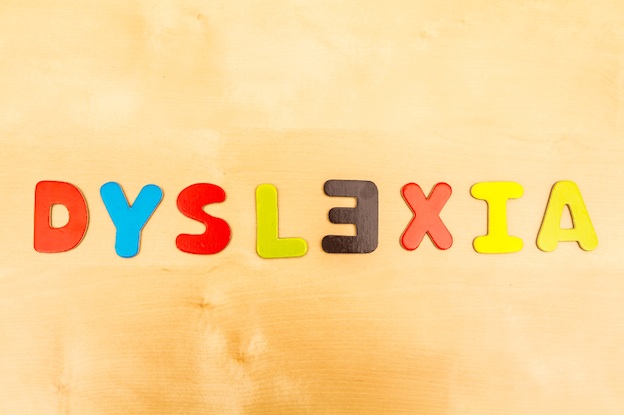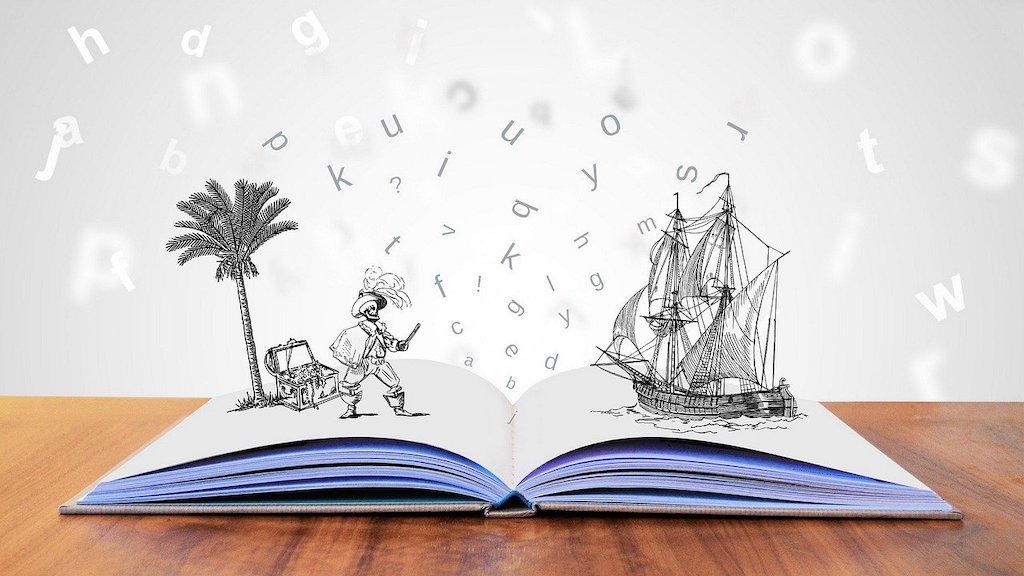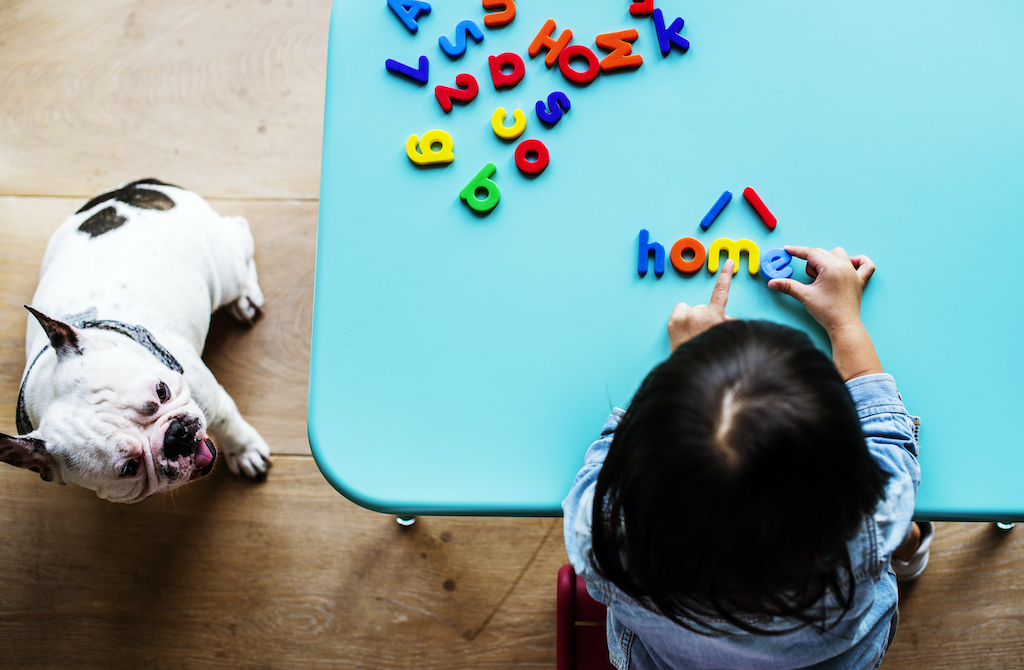SingaporeMotherhood | Preschooler & Up
June 2020
10 Signs your Preschooler may have Dyslexia

A six-year-old child I taught could use polysyllabic words (very long words) to describe a very enjoyable school holiday vacation. However, when asked to spell these same words, the child would revert to using much simpler words. Another child could describe a viable business plan in great detail. However when asked to write a business proposal, the child said that having the idea in one’s head was sufficient. Both children had dyslexia.
This does not mean that a child with dyslexia is any less intelligent than any other kid. In fact, in my 10 years of teaching children and teenagers with dyslexia, I have met so many with dyslexia — like the one whom I described earlier — who have average, or above average levels of intelligence (based on their educational psychological reports).
These children are examples of students who really are brilliant, but who falter under a system that places very great emphasis on reading and writing. It is precisely because they are so bright and articulate that their dyslexia is made invisible and hard to detect.
The International Dyslexia Association defines it as “a specific learning disability that is neurobiological in origin… characterised by difficulties with accurate and/or fluent word recognition and by poor spelling and decoding abilities.” In layman terms this means that
dyslexia makes it difficult for a person to learn how to read and spell. People with dyslexia have brains that are wired differently.
(See also: The Best Mosquito and Insect Repellents for Babies and Kids)
Dyslexia can be Inherited

While studies have shown that dyslexia is hereditary, research has confirmed that dyslexia is only 60 to 70% gene-related. At least 30% is due to the environment. Hence there is no guarantee that a child will inherit dyslexia if their parent has it. Notwithstanding that, about 40% of siblings of children with dyslexia will also have reading issues. According to Deborah Tan Wen Li, a senior specialist psychologist at the Dyslexia Association of Singapore (DAS), the prevalence of dyslexia among the school-going population in Singapore is between four and 10%.
Signs of dyslexia become more pronounced at the age of five or six when kids are generally learning to read independently. Do not brush these off. Many parents have heard about the importance of early intervention. Indeed, research has shown that educational therapy at a younger age proves more effective than when the child is older.
Here are some possible signs of dyslexia in preschoolers, and what you can do to help yours if you suspect that your child may have it.
(See also: Dengue Fever in Singapore: Keep your Family Safe!)
Signs of Possible Dyslexia in Preschoolers

Note: This is for 5 – 6 year olds generally. Also, this does not constitute a psychological report, and is not a diagnosis of whether a child will develop dyslexia at a later age.
1. Unable to remember common sight words: ( the / a / to )
After being taught these words in kindergarten multiple times, it is still difficult for the child to remember how to spell them and to use them in a sentence.
2. Prone to spoonerisms
This is a speech problem where the child reverses the first sound of each word. For example, the child may say “beddy tear” instead of “teddy bear”, or “chish and fips” instead of “fish & chips”. Doing this once or twice does not indicate dyslexia. However if it is persistent, and combined with other signs in this list, it would.
3. Struggles to call things by their name

For example, they would call their everything “stuff” or “things” whether it’s toys, food, cars, buildings, instead of calling them as such.
4. Late talking compared to children of the same age
By the age of five years, most children would be able to use more than five words in a sentence. They should also be able to re-tell a story their own words.
5. Has difficulty following directions with multiple steps
If they had to play a game in class that had the following instructions: “Cross your fingers, stand up, turn around in a circle, and wink at someone in the room,” they would find it exceedingly hard to do so.
6. Has reversals in writing: b / d , p / q
Instead of writing the word “dog”, they would reverse the ‘d’ to a ‘b’ and write “bog” instead. Similarly, instead of writing “queen”, they would reverse the ‘q’ to a ‘p’ to and write “pueen” instead.
7. Reversals when reading and writing words: on / no , pot / top

This is similar to reversals in writing above, but this occurs when they are reading picture books or story books appropriate for their age. It is common to read the phrase “He put the box on the desk.” as “He put the box no the desk.”. The child does not realise the error. This can be a consistent mistake where ‘on’ is always read as ‘no’. It could also happens sometimes, as dyslexia manifests itself differently in every individual.
8. Speech problems: Jumbling up long words
When saying long words like “appropriate”, they might jumble up the pronunciation to “ap-pri-pro-ate”. Even as they get older, the child finds it hard to say these words the right way.
9. Has trouble learning to write and spell their name
Even after repeated attempts to teach them to write their name, they might consistently forget the letters that make up their name, get the order wrong, or miss out letters. So “Anthony” might become “Atonhy”
10. Difficulty in spotting rhyme
They wouldn’t realise the rhyme inherent in classic such as “Humpty Dumpty” and that ‘wall’ and ‘fall’ rhyme or that in “Itsy Bitsy Spider” that ‘spout’ and ‘out’ rhyme as well.
What to do if you Suspect that your Child has Dyslexia

An educational psychological assessment can only be done after the child is seven years old (see below). In the meantime, this is how you can help improve their literacy skills.
- Train them in phonics if you know how. Be patient. Tell them “a” says /a/, like in “apple”. Aim to teach one sound per week. Repeat the same sound at least every other day. Don’t force your child to learn multiple sounds at the same time. In this case, quality trumps quantity.
- Tell your child’s teacher to ease up on spelling if it is causing your child excessive levels of distress. It is more important to learn the letter-sound association than to memorise long words like “astronaut”. In the longer term, a child with dyslexia would probably benefit more from learning phonics at a younger age, than memorising very long words.
- Employ a multi-sensory approach when learning to spell. This means using materials of different textures for them to touch as they sound out the words they are spelling, or the letter they are learning for that day. Try using sand trays and a chopstick to trace letters. Use Play-doh to form spelling words. Finger painting can be a fun way to learn too. Sky-writing (raising your finger into the sky and writing the letter in an exaggerated manner as they say the sound) is a fun and mess-free way of learning.
- Give them extra time. What you expect a child would say after seeing the word, give them three times as long. It’s more important for the child to be able to read first, than to read fast. Speed will come with time and practice. After all, it took us 10 years of school to be able to read fluently.
(See also: 4 Ways to Help your Kids Manage Childhood Myopia)
I think my Child may have Dyslexia. Where can we go to check?
You can bring your child for an official diagnosis after the child turns seven years of age. The Ministry of Education (MOE) conducts free assessments in primary and secondary schools for students from lower-income families. You can ask your child’s form teacher, or enquire at the school’s general office about this service. Do note however, that the wait is long, and it can take up to a year before your child is seen.
For a shorter wait (four to 12 weeks) you can bring your child to the Dyslexia Association of Singapore (DAS). The assessment costs $630 before GST, and there is a non-refundable application fee of $53.50. Eligible students can apply for a bursary. For those in a hurry, there are many private clinics which offer educational psychological assessments, with a cost upwards of $1,300.
Costs and length of wait accurate at time of publishing.
This article was contributed by Rachel Tan, founder of The Alternative Education, which provides multi-sensory educational therapy/tuition for students with dyslexia, ADHD, and ASD.
All content from this article, including images, cannot be reproduced without credits or written permission from SingaporeMotherhood.
Follow us on Facebook, Instagram, and Telegram for the latest article and promotion updates.





